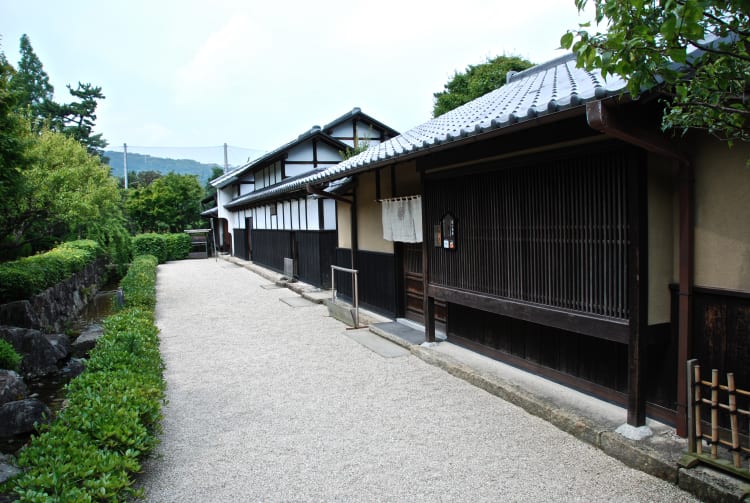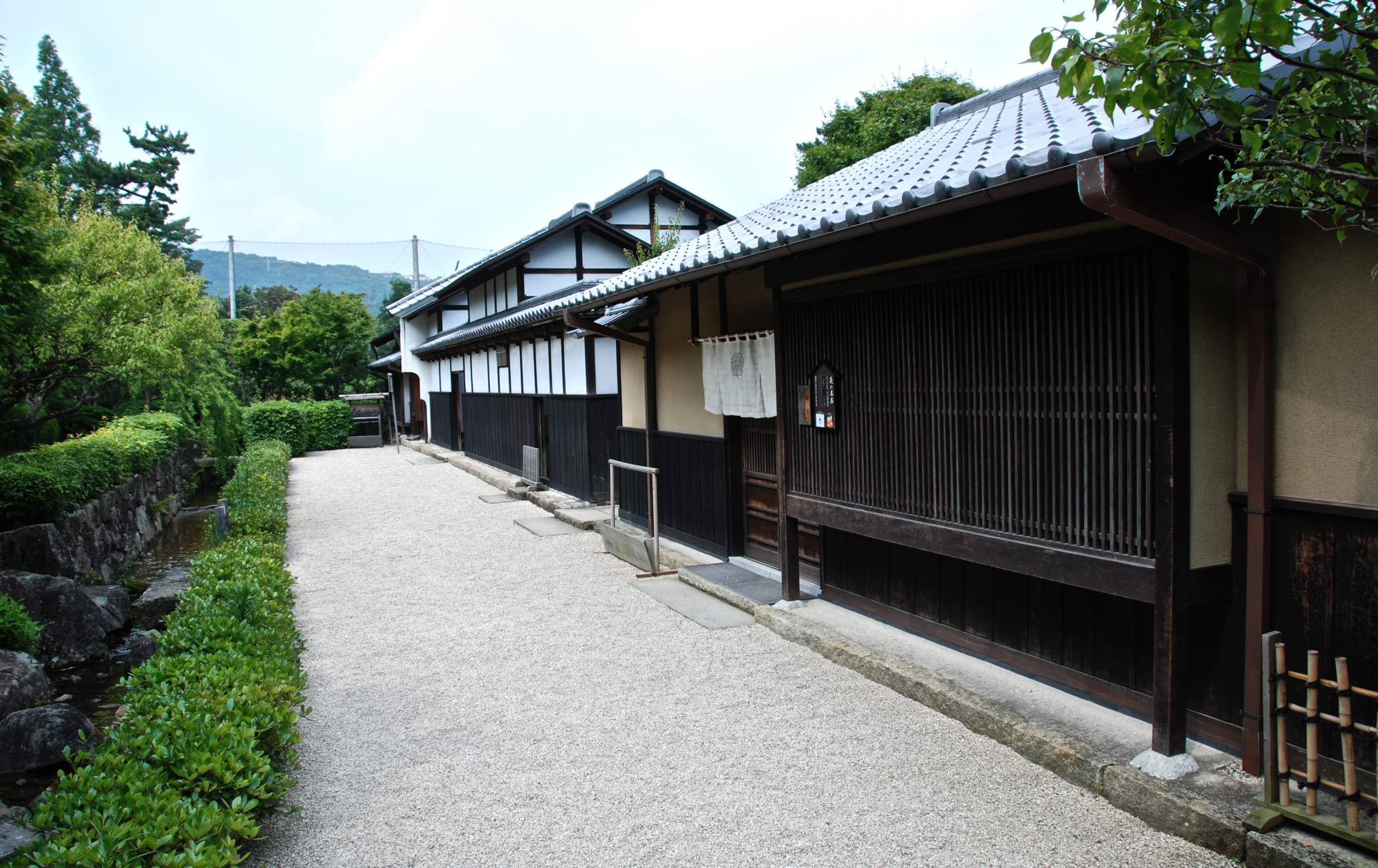Ten centuries of Japanese and Chinese art treasures in a setting with modern and traditional faces
Located on a hilltop and north of Atami is the MOA Museum of Art, which specializes in East Asian art—primarily Japanese and Chinese ceramics, sculpture, metalwork, calligraphy, paintings, and more. Some of the pieces date back over one thousand years, and there are National Treasures among the collection. One of them is Ogata Korin's masterpiece “Red and White Plum Blossoms,” painted on a pair of two-panel folding screens.
Don't Miss
- The National Treasures on display
- The tea garden and Korin's Residence
- The view of the Pacific from Moore Square
Quick Facts
The MOA Museum of Art has a reconstructed version of the gold tea ceremony room that once belonged to warlord Toyotomi Hideyoshi
There are 3,500 paintings, calligraphy works, sculptures, and ceramic works here
The museum entrance, called Moore Plaza, features Henry Moore's bronze work, “King and Queen”
How to Get There
You can reach the museum by train, including the shinkansen, and then a bus or taxi.
The MOA Museum of Art is very close to Atami Station, a bullet-train stop. From there, you can take a bus bound for the museum and be there in seven minutes or take a taxi and get there in just five.
Striking architecture, lush surroundings, and a touch of history
A complete Noh theater and the endless spiral of the Circular Hall inside nicely offset the museum's square, monolithic outer lines. The surroundings are lush and green, inviting you to stroll around, especially through MOA Museum of Art's tea garden.
Another highlight is Korin's Residence, a reconstructed townhouse built in the Sukiya style used for tea ceremony houses, based on a home the artist Ogata Korin owned in Kyoto in 1712.

Ocean vista
If you want to make a deep cultural dive and enjoy some true serenity, the MOA Museum of Art should be one of your top picks. A visit here should take at least a couple of hours. A bonus is the commanding view of the sea from Moore Square.


























































